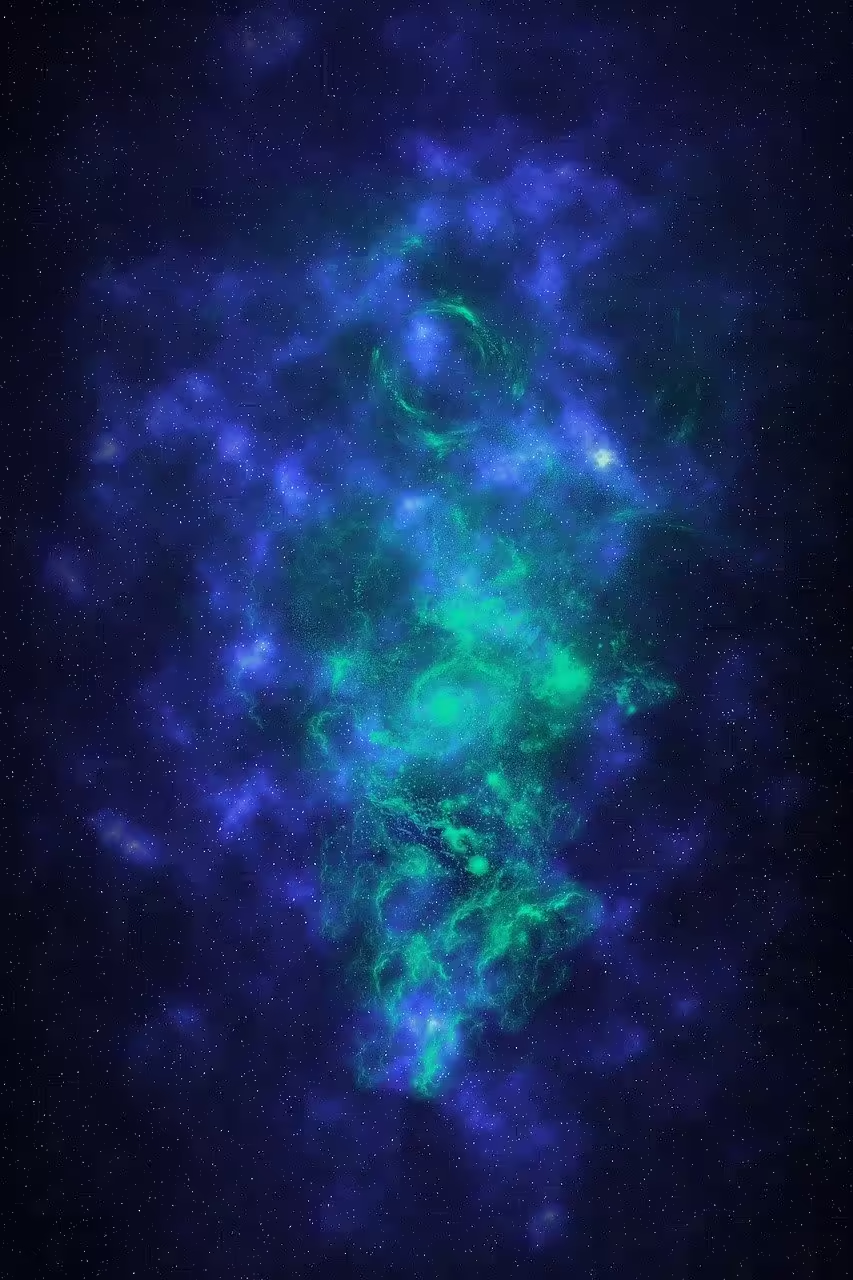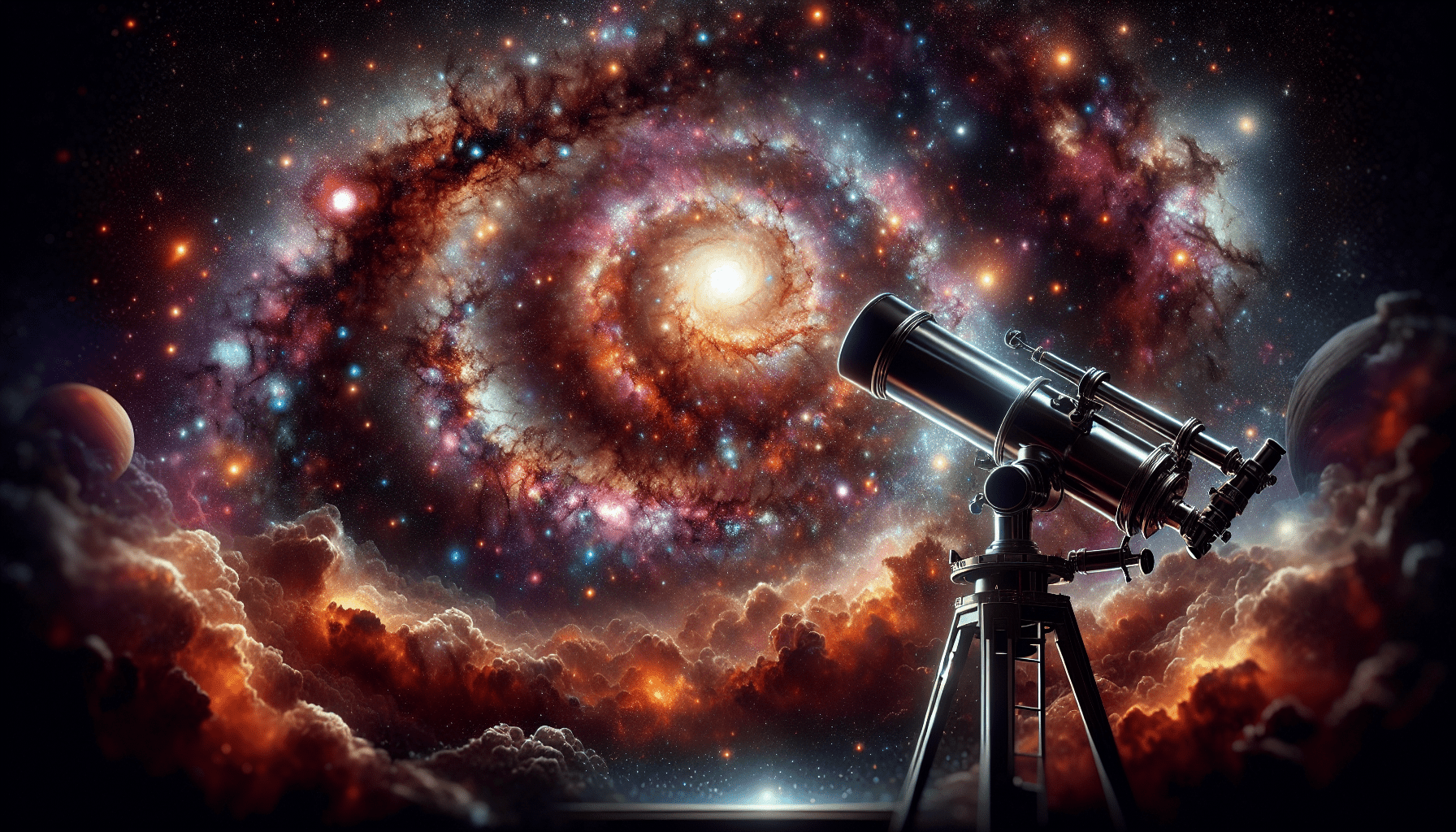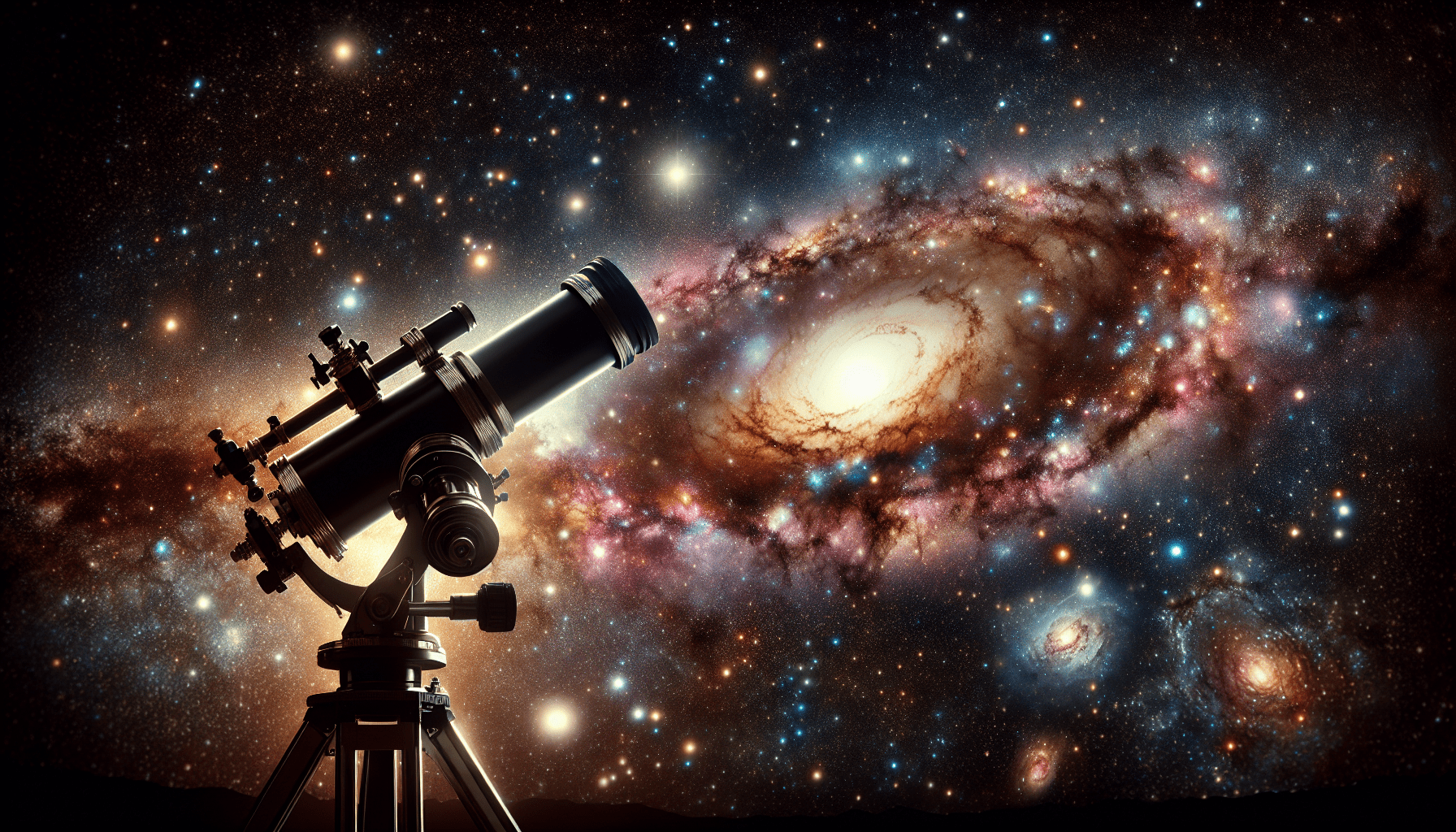Finding Galaxies through Magnification. Have you ever wondered what magnification is needed to see distant galaxies and unravel the mysteries of the cosmos?

This image is property of pixabay.com.
Table of Contents
The Vastness of the Cosmos
Overview
The universe is a grand tapestry of galaxies, stars, and cosmic phenomena. With advancements in technology, humankind has developed tools to magnify these celestial wonders, allowing us to peer deeper into the cosmos than ever before. This article will guide you through the fascinating journey of finding galaxies using magnification, detailing the processes, techniques, and historical context that have made these discoveries possible.
Thesis Statement
Understanding the magnification required to observe galaxies is crucial for both amateur astronomers and seasoned astrophysicists. The content of this article will provide a comprehensive guide to the magnification techniques, historical breakthroughs, and current trends in astronomy, while emphasizing their importance for scientific discovery and public interest.
Historical Context of Astronomical Observation
Early Observations
Early astronomers like Galileo Galilei revolutionized our understanding of the cosmos with the invention of the telescope in the early 17th century. Using a modest telescope with a magnification of about 30x, Galileo discovered Jupiter’s moons, which provided compelling evidence against the geocentric model of the universe.
Evolution of Telescopes
With the advent of more sophisticated telescopes, astronomers such as Edwin Hubble made groundbreaking discoveries. Hubble’s observations of the Andromeda Galaxy using the 100-inch Hooker Telescope at Mount Wilson Observatory confirmed that nebulae were indeed separate galaxies, vastly expanding our comprehension of the universe. His work, demonstrating that the universe was expanding, laid the foundation for the Big Bang theory.
Current Trends in Astronomical Technology
Advancements in Telescopes
Modern telescopes, both ground-based and space-borne, have pushed the boundaries of what we can observe. The Hubble Space Telescope, launched in 1990, has provided images with a resolution unseen before, revealing the detailed structure of galaxies.
| Telescope Name | Launch Year | Key Features |
|---|---|---|
| Hubble Space Telescope | 1990 | High resolution, deep space imaging |
| James Webb Space Telescope | 2021 | Infrared capabilities, high magnification |
| Extremely Large Telescope | Expected 2027 | Massive primary mirror, advanced optics |
Digital Revolution
The integration of digital technology into telescopes has revolutionized astronomy. Adaptive optics, charge-coupled devices (CCDs), and sophisticated software allow astronomers to correct for atmospheric distortions and capture minute details of celestial bodies.
Key Concepts and Definitions
Magnification
Magnification in telescopes is determined by the focal length of the telescope and the eyepiece. A higher magnification means more detailed images but also requires better optics to avoid distortions.
Field of View
The field of view (FOV) refers to the extent of the visible sky seen through the telescope. Higher magnification results in a narrower FOV, making it harder to locate objects.
Resolution
Resolution is the ability of a telescope to distinguish between two closely spaced objects. Higher resolution, achieved through larger apertures and advanced technologies, enables clearer and more detailed observations.
Light Gathering Power
The light-gathering power of a telescope depends on the aperture size. Larger apertures collect more light, essential for observing faint galaxies.

This image is property of pixabay.com.
Magnification Requirements for Observing Galaxies
Small Telescopes (<6 inches)< />3>
Telescopes with apertures less than 6 inches are suitable for observing nearby galaxies such as Andromeda (M31) and the Triangulum Galaxy (M33). These equipment generally offer magnifications ranging from 25x to 100x, sufficient for viewing these relatively bright celestial objects.
Medium Telescopes (6-12 inches)
Telescopes in this category can achieve magnifications between 100x and 300x. They are ideal for observing more distant or fainter galaxies. For instance, the Whirlpool Galaxy (M51) can be viewed in greater detail, revealing its spiral structure.
Large Telescopes (>12 inches)
Large telescopes with apertures greater than 12 inches are capable of exceedingly high magnifications (up to 500x or more). These instruments, often used by professional astronomers, allow for the detailed study of distant galaxies like the Sombrero Galaxy (M104), uncovering features like dust lanes and star-forming regions.
Case Studies
Example 1: Hubble Space Telescope
The Hubble Space Telescope has significantly advanced our understanding of the universe. Its ability to observe distant galaxies with immense clarity has provided data leading to the discovery of galaxy formation and evolution processes. The Ultra Deep Field image, for instance, captured thousands of galaxies in a seemingly empty patch of sky, providing insights into the early universe.
Example 2: James Webb Space Telescope
The James Webb Space Telescope (JWST) promises to take this a step further with its infrared capabilities, enabling the observation of galaxies obscured by dust and gas. With its large aperture and advanced technology, the JWST will reveal details of galaxies that were previously hidden, contributing to the study of star formation and black holes.

This image is property of pixabay.com.
Comparing Different Points of View
Ground-Based vs. Space-Based Telescopes
| Feature | Ground-Based Telescopes | Space-Based Telescopes |
|---|---|---|
| Atmosphere Interference | Subject to atmospheric distortion | No atmospheric interference |
| Cost | Relatively lower cost | High cost due to launch and maintenance |
| Maintenance | Easier and less costly | Complex and expensive due to its location |
| Accessibility | Widely accessible for amateur and professional use | Limited access, primarily used by space agencies |
| Observation Range | Limited by Earth’s atmosphere | Broader range, can observe in multiple wavelengths |
Reflector vs. Refractor Telescopes
Reflector telescopes use mirrors, while refractor telescopes use lenses. Reflectors are generally more cost-effective for larger apertures but require regular maintenance. Refractors provide sharper images and are more robust but become impractically large and expensive for larger apertures.
Impact Assessment
Influence on Astrophysics
The development and use of high-magnification telescopes have directly impacted astrophysics by confirming theoretical models of galaxy formation and behavior. Observations made using these instruments have been pivotal in validating the existence of dark matter and dark energy.
Public Interest and Education
High-magnification observations captivate public interest and inspire educational pursuits in astronomy. Public outreach programs involving telescopic observations foster awareness and understanding of our universe.

Future Directions and Implications
Predictions
With continuous advancements in telescope technology, future telescopes will likely have even higher resolutions and magnifications. Instruments like the Extremely Large Telescope (ELT) are expected to revolutionize astronomy with their ability to observe the earliest galaxies formed in the universe. These developments will refine our understanding of cosmology and the fundamental laws governing the universe.
Implications for Science and Society
The ongoing exploration of galaxies through advanced magnification not only enhances our scientific knowledge but also stimulates technological advancements. It underscores the importance of international collaboration in astronomical research and promotes public engagement in science. Furthermore, the discoveries made through these observations can have profound implications for our understanding of fundamental physics, potentially leading to breakthroughs in other scientific domains.
Conclusion
Summarize
The exploration of galaxies through magnification has transformed our understanding of the cosmos, from Galileo’s early discoveries to the high-resolution images captured by telescopes like Hubble and James Webb. Through detailed examination of telescopic advancements and magnification techniques, we have seen how different methods and tools can reveal the intricate structures and behaviors of distant galaxies.
Final Thoughts
The quest to observe and understand distant galaxies is a journey that continues to push the boundaries of human knowledge and technological capability. By considering what magnification is needed to see galaxies, we not only appreciate the vastness of the universe but also our ability to explore it. What possibilities lie ahead as we develop even more advanced tools to magnify the cosmos? The universe invites us to look closer and dream bigger.
Engage
For those eager to continue their journey into the cosmos, there are numerous resources and telescopic technologies available to deepen your understanding and appreciation of the universe. Stay tuned to future developments in astronomical observation to remain informed and engaged with the ever-expanding horizons of our cosmic exploration.
Credible Sources
- “Hubble Space Telescope Overview,” NASA, https://www.nasa.gov/mission_pages/hubble/story/index.html.
- “James Webb Space Telescope Overview,” NASA, https://www.jwst.nasa.gov/.
- “Types of Telescopes,” National Radio Astronomy Observatory, https://public.nrao.edu/telescopes/types-of-telescopes/.
- “Light Gathering Power,” Sky & Telescope, https://skyandtelescope.org/.
- “Adaptive Optics,” European Southern Observatory, https://www.eso.org/public/teles-instr/technology/adaptive_optics/.

Exploring the Cosmos: A Guide to Telescopes for Studying the Universe
